I’ve been following Bill Shuck’s fly tying ever since I saw an Isonychia Flymph he tied in Hidy style. Hans Weilenmann actually followed that up with a fly tying video showing how to tie the Isonychia Flymph that Bill had tied. Below, Bill gives us a brief introduction to his tying, which is followed by two more Hidy style flymphs. There will be more to come from Bill here on FrankenFly in the future.
I’ve been tying seriously for about 15 years, starting out with dry flies and streamers strictly for my own use on the Gunpowder River in Maryland where I live. A fishing buddy convinced me to investigate the world of nymphs, but eventually I discovered the simple beauty of classic soft hackle flies and have been more or less fixated on them ever since. Much of my interest along these lines has been sparked through active participation in a website called “Flymphforum”, a group of like-minded folks from around the world who willingly share their considerable skill and knowledge of both traditional North Country soft hackled patterns and more recent styles such as those introduced into the U.S. by Jim Leisenring and Pete Hidy.
Here are photos and recipes for a couple of flies I’ve tied in the last few months, during which time I undertook to learn how to replicate the patterns tied by V.S. “Pete” Hidy, a friend of James E. “Big Jim” Leisenring of Pennsylvania. These two gentlemen developed a fly type that was designed to imitate the transitional stage in the life of an aquatic insect where it is no longer really a nymph, but not yet a fully developed adult fly either; hence the hybrid name “flymph”. As you might suspect, these patterns have characteristics of both nymphs and adults, using blends of natural furs spun on colored silk threads and mobile feather hackles to give an impression of real life insects in a semi-helpless condition. As evolved by Hidy after Leisenring had died, Pete’s flymphs exhibit common physical characteristics, including wispy tail whisks, tapered bodies, flowing, full soft hackle, and conical heads. I would like to acknowledge that my efforts to master this style were aided immeasurably by input from Lance Hidy, Pete’s son and valued member of the aforementioned internet group.
The first is a pattern called “March Brown” as tied by Pete Hidy according to Donald T. Overfield’s book “Famous Flies and their Originators” (Adam & Charles Black, London, 1972)
Hook: Long shank mayfly, Size #10 or #12
Thread: Pearsall’s Gossamer silk #19, hot orange
Hackle: Brown Hungarian partridge
Tail whisks: Brown partridge
Rib: Gudebrod “D” rod winding thread as sub for primrose silk or gold wire
Body: Blend of hare’s poll fur and orange-brown wool spun in hot orange silk on a Clark block
The second is a pattern of my design called “Sulphur-PMD Flymph” tied in the style of Pete Hidy.
Hook: Standard dry fly, Size #14 or #16
Thread: Pearsall’s Gossamer silk #3, primrose
Hackle: Medium blue dun hen
Tail: Blue dun hen whisks
Rob: Fine gold wire
Body: Blend of creamy fox fur and light yellow wool spun on a Clark block with a touch of orange in the thorax area

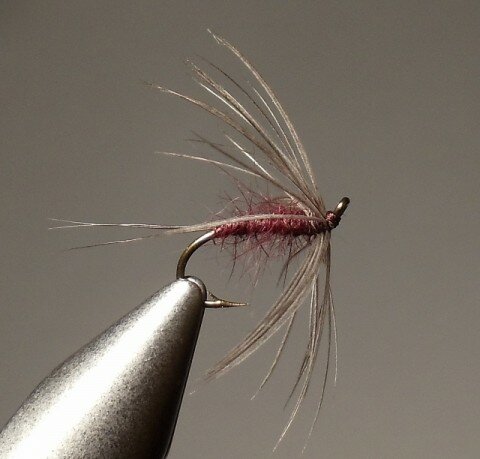
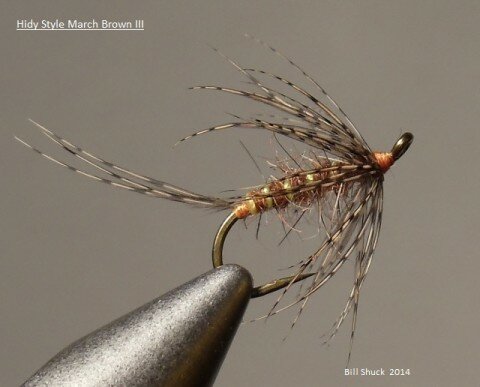
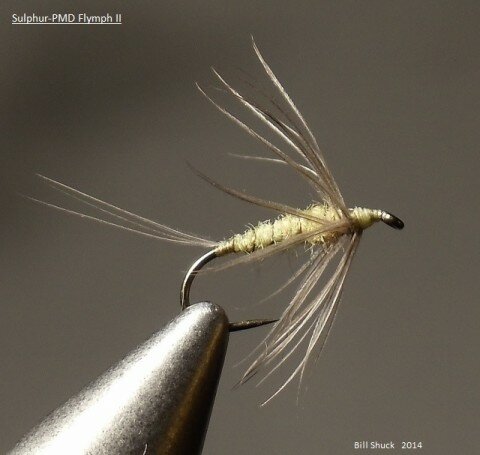




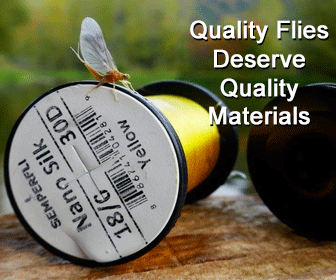
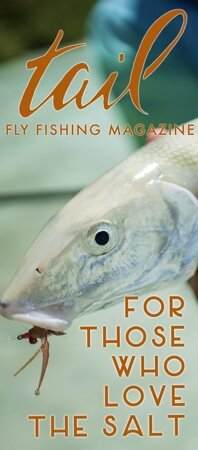

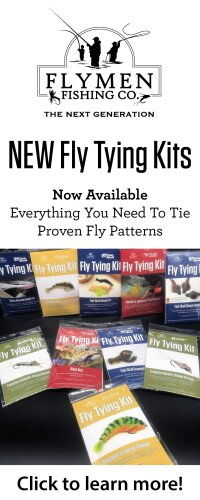
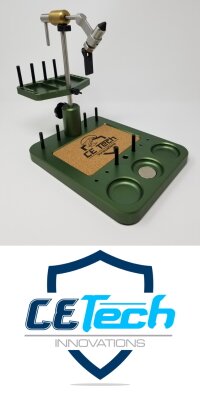

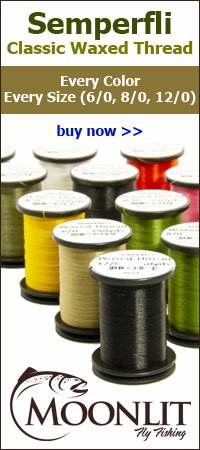



Terrific article. I’ve been a huge fan of Bill Shuck’s flies for many years now. I’ve had the pleasure of fishing with Bill in the the famous Catskill region (Roscoe New York) for a few years. I can tell you first hand, that his flies are very effective fishing flies. Bill is a meticulous tyer, as can be seen in the examples above.
Congratulations Bill, on this well deserved recognition.
Thank you for the very nice comment Raymond.
-Paul
Bill, Howdy;
Great to see you getting some well deserved recognition…
Outstanding flies, very well done.
hank
Very well done Bill, like your style and your tying!
I have been a big fan of Bill’s tying now, for quite some time. This was a superb article. Bill brought us back in time, and the tying is magnificent. He really nails the patterns with these flies. Home run Bill!